車(chē)間除塵 “天團(tuán)”:拆解工業(yè)清潔的硬核裝備組合
在粉塵彌漫的工業(yè)車(chē)間,一套高效的整體除塵設(shè)備如同精密協(xié)作的 “清潔天團(tuán)”,各司其職守護(hù)生產(chǎn)環(huán)境。從捕捉粉塵到凈化空氣,這些設(shè)備通過(guò)科學(xué)組合,將車(chē)間內(nèi)的粉塵濃度控制在安全范圍內(nèi)。想要了解它們?nèi)绾螀f(xié)同作戰(zhàn),不妨逐一拆解這套除塵系統(tǒng)的核心成員。
In the dusty industrial workshop, an efficient overall dust removal equipment is like a precision collaborative "cleaning team", each performing their own duties to protect the production environment. From capturing dust to purifying the air, these devices are scientifically combined to control the dust concentration in the workshop within a safe range. To understand how they work together, it is worth dismantling the core members of this dust removal system one by one.
1. 吸塵罩:粉塵捕捉的 “先鋒部隊(duì)”
1. Vacuum hood: the "vanguard force" for dust capture
吸塵罩是除塵系統(tǒng)的 “前哨站”,負(fù)責(zé)在粉塵產(chǎn)生源頭進(jìn)行攔截。根據(jù)車(chē)間生產(chǎn)工藝的不同,吸塵罩分為多種類(lèi)型:外部吸塵罩通過(guò)氣流吸力將設(shè)備周邊逸散的粉塵吸入管道,適用于打磨、焊接等開(kāi)放式作業(yè)場(chǎng)景;接受式吸塵罩則利用物料自身運(yùn)動(dòng)產(chǎn)生的氣流,將粉塵導(dǎo)入管道,常見(jiàn)于皮帶輸送機(jī)的落料點(diǎn);而密閉吸塵罩直接將產(chǎn)塵設(shè)備完全封閉,通過(guò)內(nèi)部負(fù)壓將粉塵控制在最小范圍內(nèi),適合處理高濃度粉塵的工況。吸塵罩的設(shè)計(jì)需精準(zhǔn)匹配產(chǎn)塵源的尺寸、形狀和粉塵擴(kuò)散方向,以確保最大捕捉效率。
The vacuum hood is the "outpost" of the dust removal system, responsible for intercepting the source of dust generation. According to the different production processes in the workshop, vacuum hoods are divided into various types: external vacuum hoods use airflow suction to suck the dust scattered around the equipment into the pipeline, suitable for open work scenarios such as polishing and welding; Acceptable vacuum cleaner uses the airflow generated by the movement of the material itself to introduce dust into the pipeline, which is commonly found at the dropping point of belt conveyors; And the sealed vacuum hood directly seals the dust generating equipment completely, controlling the dust within the minimum range through internal negative pressure, suitable for working conditions with high concentration dust. The design of the vacuum hood needs to accurately match the size, shape, and dust diffusion direction of the dust source to ensure maximum capture efficiency.
2. 風(fēng)管系統(tǒng):粉塵輸送的 “空中通道”
2. Duct system: the "air channel" for dust transportation
風(fēng)管系統(tǒng)如同除塵設(shè)備的 “血管網(wǎng)絡(luò)”,將吸塵罩收集的含塵氣體輸送至凈化設(shè)備。風(fēng)管通常采用金屬材質(zhì)(如鍍鋅鋼板、不銹鋼)或非金屬材料(如 PVC、玻璃鋼),根據(jù)粉塵性質(zhì)選擇相應(yīng)的耐磨損、耐腐蝕材質(zhì)。管道設(shè)計(jì)需遵循流體力學(xué)原理,合理規(guī)劃管徑和走向,避免直角彎頭等阻力過(guò)大的結(jié)構(gòu),以減少氣流能量損耗。為防止粉塵在管道內(nèi)沉積,水平管道需保持一定坡度,并設(shè)置檢查口便于定期清理;部分系統(tǒng)還會(huì)安裝導(dǎo)流葉片,優(yōu)化氣流分布,確保粉塵順暢輸送。
The air duct system is like a "vascular network" of dust removal equipment, transporting the dust containing gas collected by the vacuum hood to the purification equipment. Ducts are usually made of metal materials (such as galvanized steel plates, stainless steel) or non-metal materials (such as PVC, fiberglass), and the corresponding wear-resistant and corrosion-resistant materials are selected according to the nature of the dust. The pipeline design should follow the principles of fluid mechanics, plan the pipe diameter and direction reasonably, avoid structures with excessive resistance such as right angle elbows, and reduce the energy loss of airflow. To prevent dust from depositing inside the pipeline, a certain slope should be maintained for horizontal pipelines, and inspection ports should be set up for regular cleaning; Some systems will also install guide vanes to optimize airflow distribution and ensure smooth transportation of dust.
3. 除塵主機(jī):凈化空氣的 “核心樞紐”
3. Dust removal host: the "core hub" for purifying air
除塵主機(jī)是整個(gè)系統(tǒng)的 “心臟”,負(fù)責(zé)分離粉塵與空氣。常見(jiàn)的除塵主機(jī)類(lèi)型包括布袋除塵器、濾筒除塵器和旋風(fēng)除塵器。布袋除塵器通過(guò)過(guò)濾布袋攔截粉塵,適用于處理粒徑細(xì)小、濃度較低的粉塵,過(guò)濾效率可達(dá) 99% 以上;濾筒除塵器采用折疊式濾筒,結(jié)構(gòu)緊湊、過(guò)濾面積大,適合處理干性、非纖維性粉塵;旋風(fēng)除塵器則利用離心力將粉塵從氣流中分離,常用于預(yù)處理階段,去除較大粒徑的粉塵,降低后續(xù)過(guò)濾設(shè)備的負(fù)荷。此外,靜電除塵器通過(guò)高壓電場(chǎng)使粉塵帶電后吸附在極板上,處理效率高但投資成本較大,多用于大型工業(yè)場(chǎng)景。
The dust removal host is the "heart" of the entire system, responsible for separating dust and air. Common types of dust removal hosts include bag filters, filter cartridges, and cyclone dust collectors. The bag filter intercepts dust through a filtering bag and is suitable for processing dust with small particle size and low concentration, with a filtration efficiency of over 99%; The filter cartridge dust collector adopts a foldable filter cartridge, which has a compact structure and a large filtering area, suitable for processing dry and non fibrous dust; The cyclone dust collector uses centrifugal force to separate dust from the airflow and is commonly used in the pretreatment stage to remove larger particle size dust and reduce the load on subsequent filtration equipment. In addition, electrostatic precipitators use high-voltage electric fields to charge dust and adsorb it onto the electrode plates, resulting in high processing efficiency but high investment costs. They are often used in large-scale industrial scenarios.
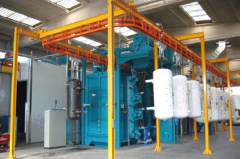
4. 風(fēng)機(jī):驅(qū)動(dòng)氣流的 “動(dòng)力引擎”
4. Fan: the "power engine" that drives the airflow
風(fēng)機(jī)為除塵系統(tǒng)提供持續(xù)的抽風(fēng)動(dòng)力,確保含塵氣體在管道內(nèi)穩(wěn)定流動(dòng)。根據(jù)系統(tǒng)所需風(fēng)量、風(fēng)壓的不同,可選用離心風(fēng)機(jī)或軸流風(fēng)機(jī)。離心風(fēng)機(jī)產(chǎn)生的風(fēng)壓較高,適用于長(zhǎng)距離管道輸送或阻力較大的除塵設(shè)備;軸流風(fēng)機(jī)則具有流量大、能耗低的特點(diǎn),常用于對(duì)風(fēng)壓要求不高的場(chǎng)合。風(fēng)機(jī)的選型需精確匹配系統(tǒng)需求,過(guò)大或過(guò)小的功率都會(huì)影響除塵效果 —— 功率不足會(huì)導(dǎo)致吸力不夠,粉塵無(wú)法有效輸送;功率過(guò)大則會(huì)增加能耗與設(shè)備磨損。
The fan provides continuous exhaust power for the dust removal system, ensuring stable flow of dusty gas in the pipeline. Depending on the required air volume and pressure of the system, centrifugal fans or axial fans can be selected. Centrifugal fans generate high air pressure and are suitable for long-distance pipeline transportation or dust removal equipment with high resistance; Axial flow fans have the characteristics of high flow rate and low energy consumption, and are commonly used in situations where wind pressure requirements are not high. The selection of fans needs to accurately match the system requirements. Excessive or insufficient power can affect the dust removal effect - insufficient power can lead to insufficient suction and ineffective dust transportation; Excessive power will increase energy consumption and equipment wear.
5. 清灰裝置:維持效率的 “后勤保障”
5. Dust cleaning device: a "logistical support" to maintain efficiency
隨著除塵過(guò)程的持續(xù),過(guò)濾元件(如布袋、濾筒)表面會(huì)逐漸堆積粉塵,降低過(guò)濾效率。清灰裝置就是解決這一問(wèn)題的 “后勤部隊(duì)”。常見(jiàn)的清灰方式有脈沖噴吹清灰、機(jī)械振打清灰和反吹風(fēng)清灰。脈沖噴吹清灰通過(guò)瞬間高壓氣流反向沖擊過(guò)濾元件,將表面粉塵剝離,具有清灰徹底、對(duì)系統(tǒng)影響小的優(yōu)點(diǎn);機(jī)械振打清灰則利用機(jī)械振動(dòng)使過(guò)濾元件抖動(dòng),抖落粉塵,適用于處理粘性較小的粉塵;反吹風(fēng)清灰通過(guò)反向氣流將粉塵吹落,適合處理高溫、高濕粉塵。
As the dust removal process continues, dust will gradually accumulate on the surface of filter elements (such as bags and filter cartridges), reducing filtration efficiency. The dust cleaning device is the 'logistics force' that solves this problem. Common cleaning methods include pulse jet cleaning, mechanical vibration cleaning, and back blowing cleaning. Pulse jet cleaning uses instantaneous high-pressure airflow to reverse impact the filter element, peeling off surface dust and having the advantages of thorough cleaning and minimal impact on the system; Mechanical vibration cleaning uses mechanical vibration to shake the filter element and shake off dust, which is suitable for handling dust with low viscosity; Backblowing dust removal uses reverse airflow to blow off dust, suitable for handling high temperature and high humidity dust.
6. 卸灰裝置:粉塵處理的 “收尾環(huán)節(jié)”
6. Ash unloading device: the "final stage" of dust treatment
卸灰裝置負(fù)責(zé)將除塵主機(jī)分離出的粉塵排出系統(tǒng),常見(jiàn)設(shè)備包括星型卸料器、重錘翻板閥和螺旋輸送機(jī)。星型卸料器通過(guò)旋轉(zhuǎn)葉輪定量卸灰,密封性好且能防止氣體反竄;重錘翻板閥利用杠桿原理,依靠粉塵自重打開(kāi)閥門(mén)卸灰,適用于處理較粗的粉塵;螺旋輸送機(jī)則通過(guò)螺旋葉片的旋轉(zhuǎn)將粉塵輸送至指定位置,便于集中處理。卸灰裝置需具備良好的密封性和耐磨性,避免粉塵二次飛揚(yáng)造成污染。
The ash discharge device is responsible for separating the dust from the dust removal host and discharging it out of the system. Common equipment includes star shaped unloaders, heavy hammer flap valves, and screw conveyors. The star shaped unloader quantitatively unloads ash by rotating the impeller, which has good sealing and can prevent gas backflow; The heavy hammer flap valve utilizes the lever principle and relies on the self weight of dust to open the valve and unload dust, making it suitable for handling coarser dust; Spiral conveyors transport dust to designated locations through the rotation of spiral blades, facilitating centralized processing. The ash unloading device needs to have good sealing and wear resistance to avoid pollution caused by secondary dust flying.
一套完整的車(chē)間整體除塵設(shè)備,正是通過(guò)吸塵罩、風(fēng)管、除塵主機(jī)、風(fēng)機(jī)、清灰裝置和卸灰裝置等組件的緊密配合,構(gòu)建起從粉塵捕捉、輸送、凈化到處理的全流程解決方案。這些設(shè)備如同精密協(xié)作的團(tuán)隊(duì),共同守護(hù)車(chē)間的清潔環(huán)境與工人的健康安全。
A complete set of workshop dust removal equipment is built through the close cooperation of components such as vacuum hood, air duct, dust removal host, fan, dust cleaning device, and ash unloading device, to construct a full process solution from dust capture, transportation, purification to treatment. These devices are like precision collaborative teams, jointly safeguarding the clean environment of the workshop and the health and safety of workers.
本文由車(chē)間整體除塵設(shè)備友情奉獻(xiàn).更多有關(guān)的知識(shí)請(qǐng)點(diǎn)擊:http://m.52campus.cn我們將會(huì)對(duì)您提出的疑問(wèn)進(jìn)行詳細(xì)的解答,歡迎您登錄網(wǎng)站留言.
This article is dedicated to the automatic shot blasting machine and friendship For more information, please click: http://m.52campus.cn We will provide detailed answers to your questions. You are welcome to log in to our website and leave a message
上一篇:“負(fù)壓捕手” 如何智擒廢氣?VOCs 處理的吸附分離之道?
下一篇:
相關(guān)產(chǎn)品
相關(guān)新聞
-
伸縮式噴漆房在大中型機(jī)械設(shè)備中的應(yīng)用
-
噴漆房易損件、消耗件更換方法
-
河北水旋式噴漆房+催化燃燒廢氣處理項(xiàng)目介紹
-
要用好VOCs廢氣處理設(shè)備,必須做好設(shè)備的維護(hù)保養(yǎng)!
-
濾筒除塵器使用及維護(hù)方法分享
-
有機(jī)廢氣處理中,常用的活性炭分類(lèi)及性能分析
-
移動(dòng)伸縮式噴漆房設(shè)備設(shè)計(jì)、安裝技術(shù)分析
-
移動(dòng)伸縮式噴漆房如何選擇廢氣處理方式?
-
分享篇——伸縮噴漆房結(jié)構(gòu)及功能解析
-
布袋式除塵器使用過(guò)程中的注意事項(xiàng),你知道嗎?


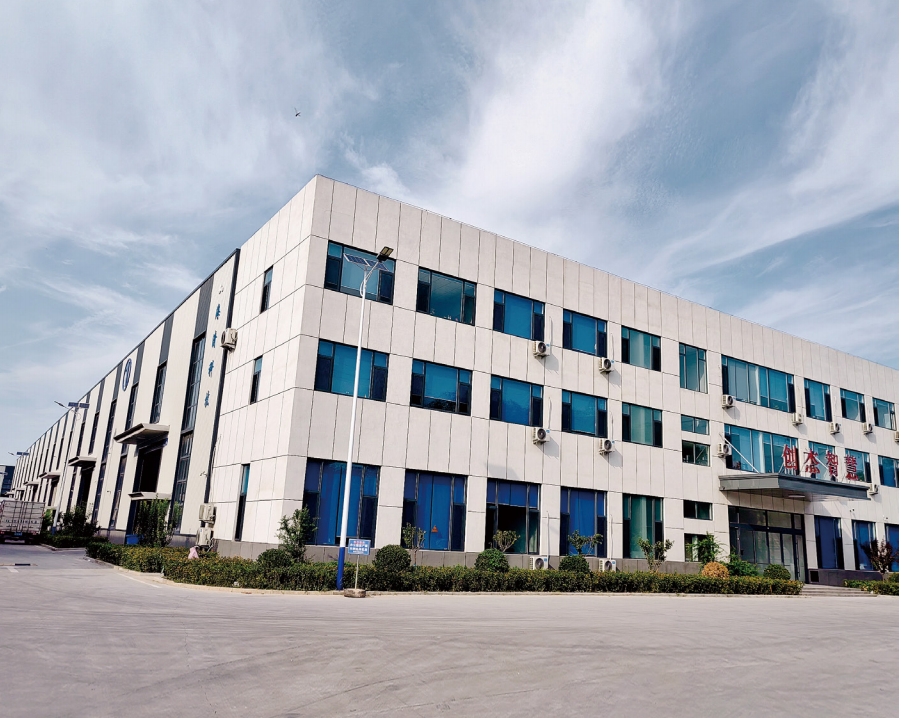

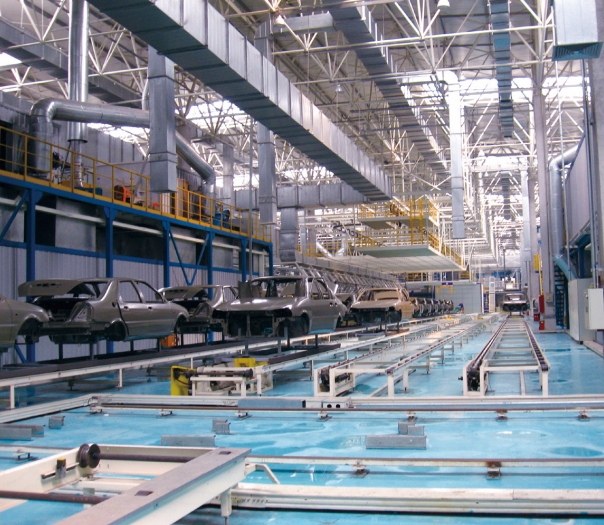
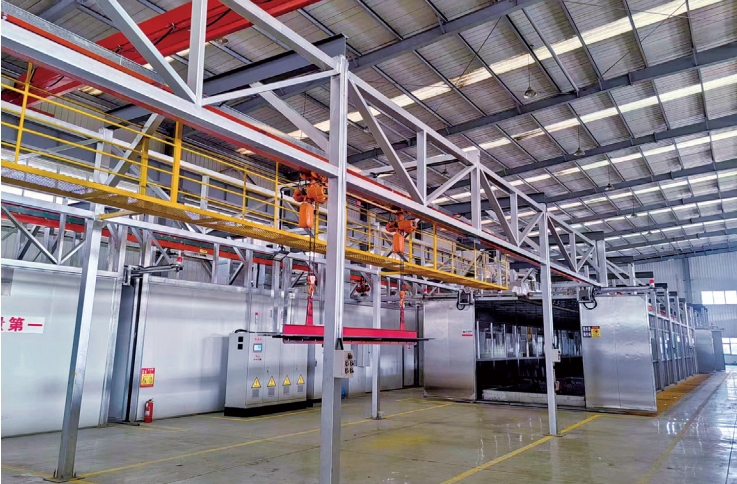
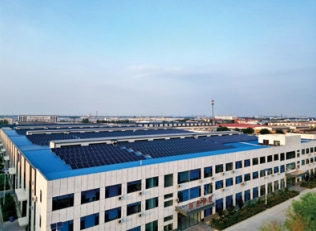
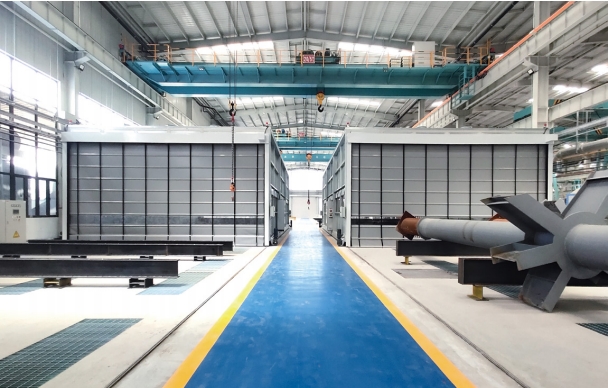
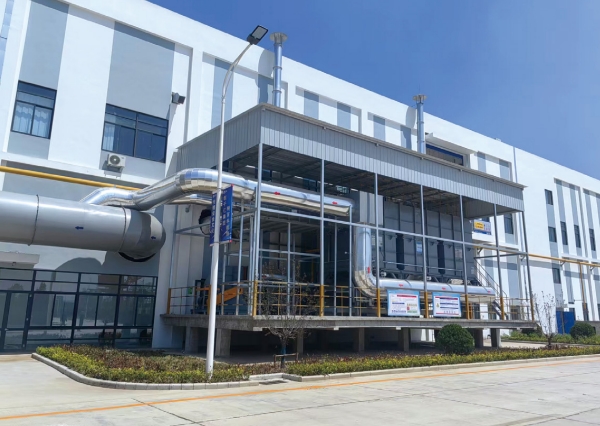
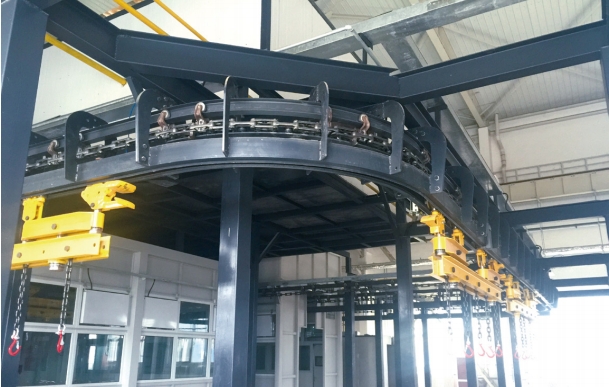
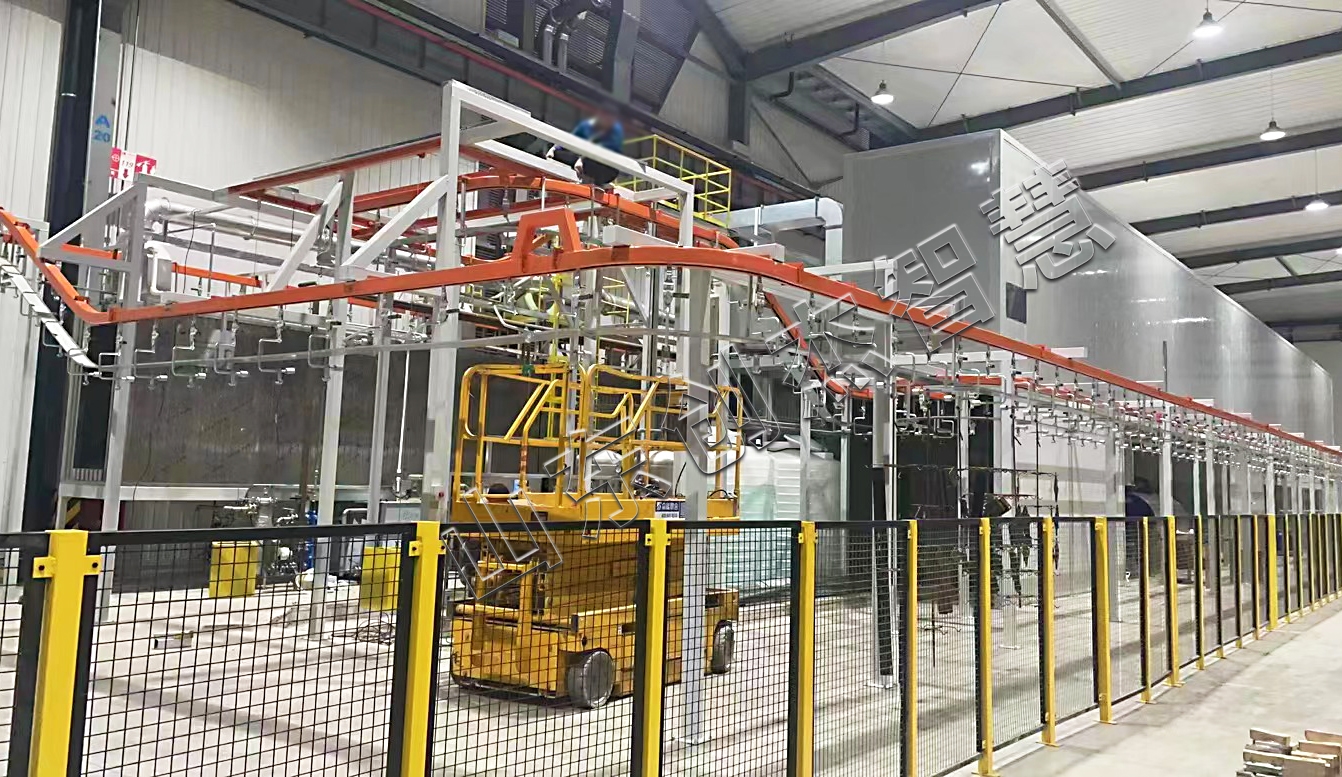
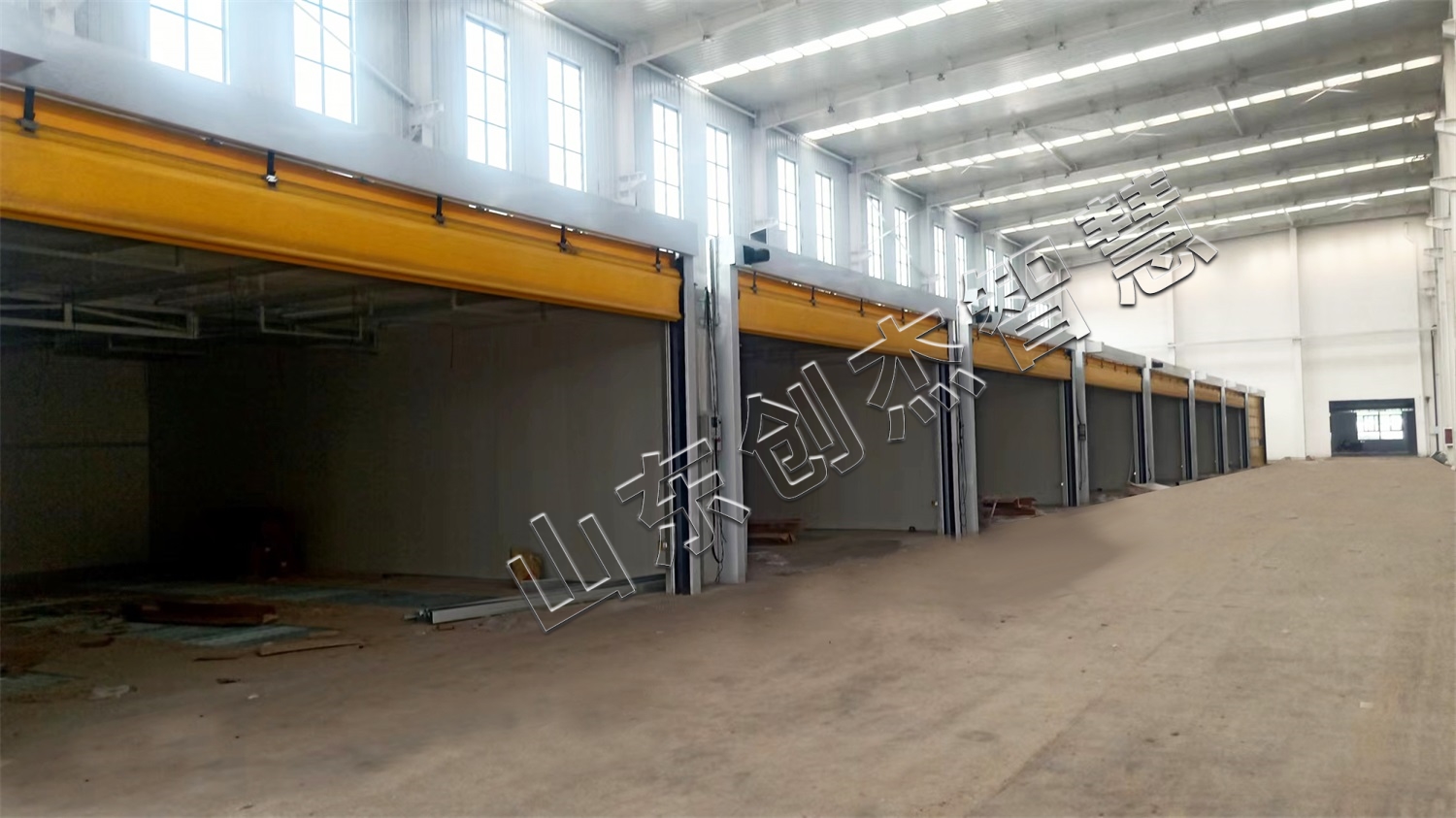
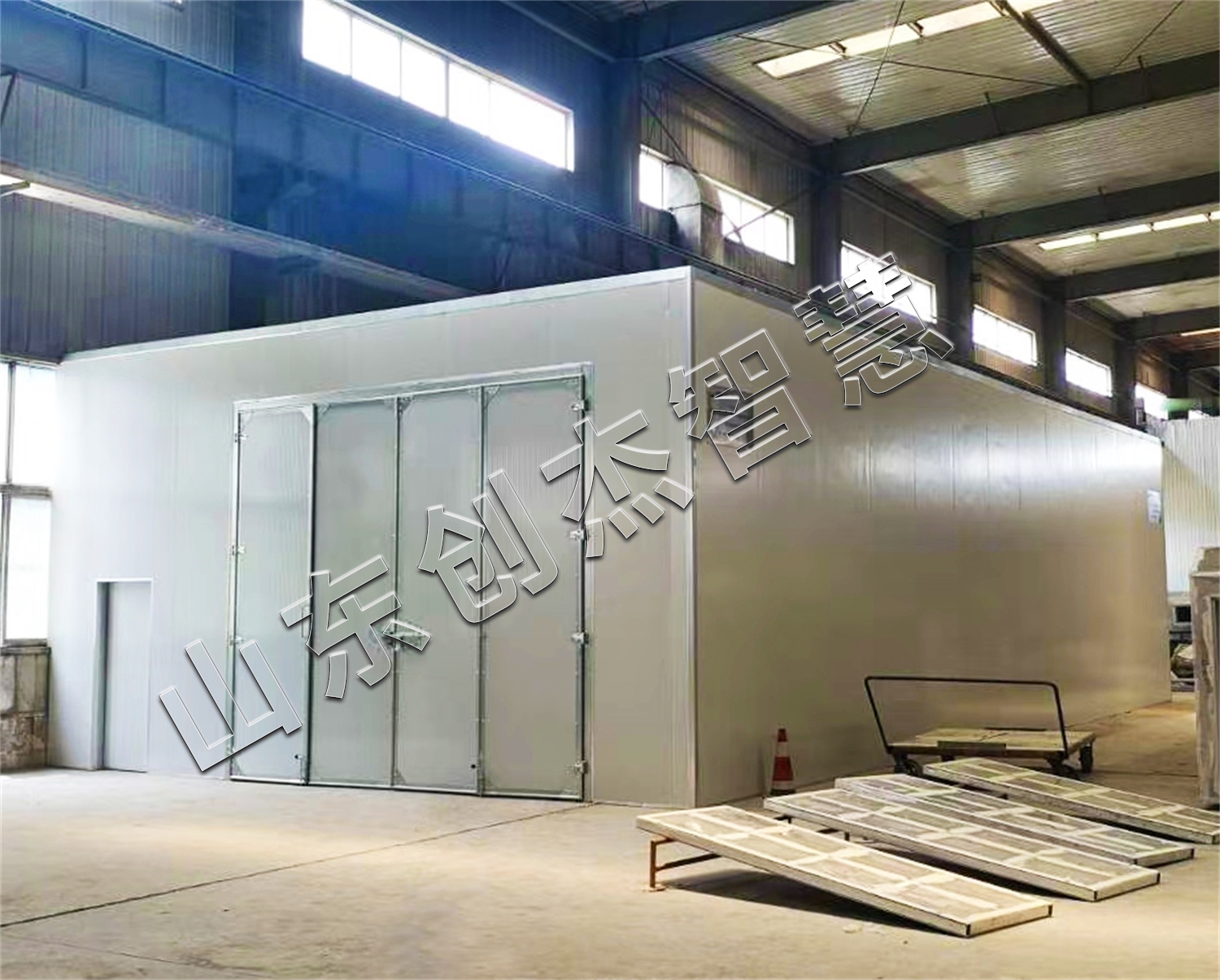
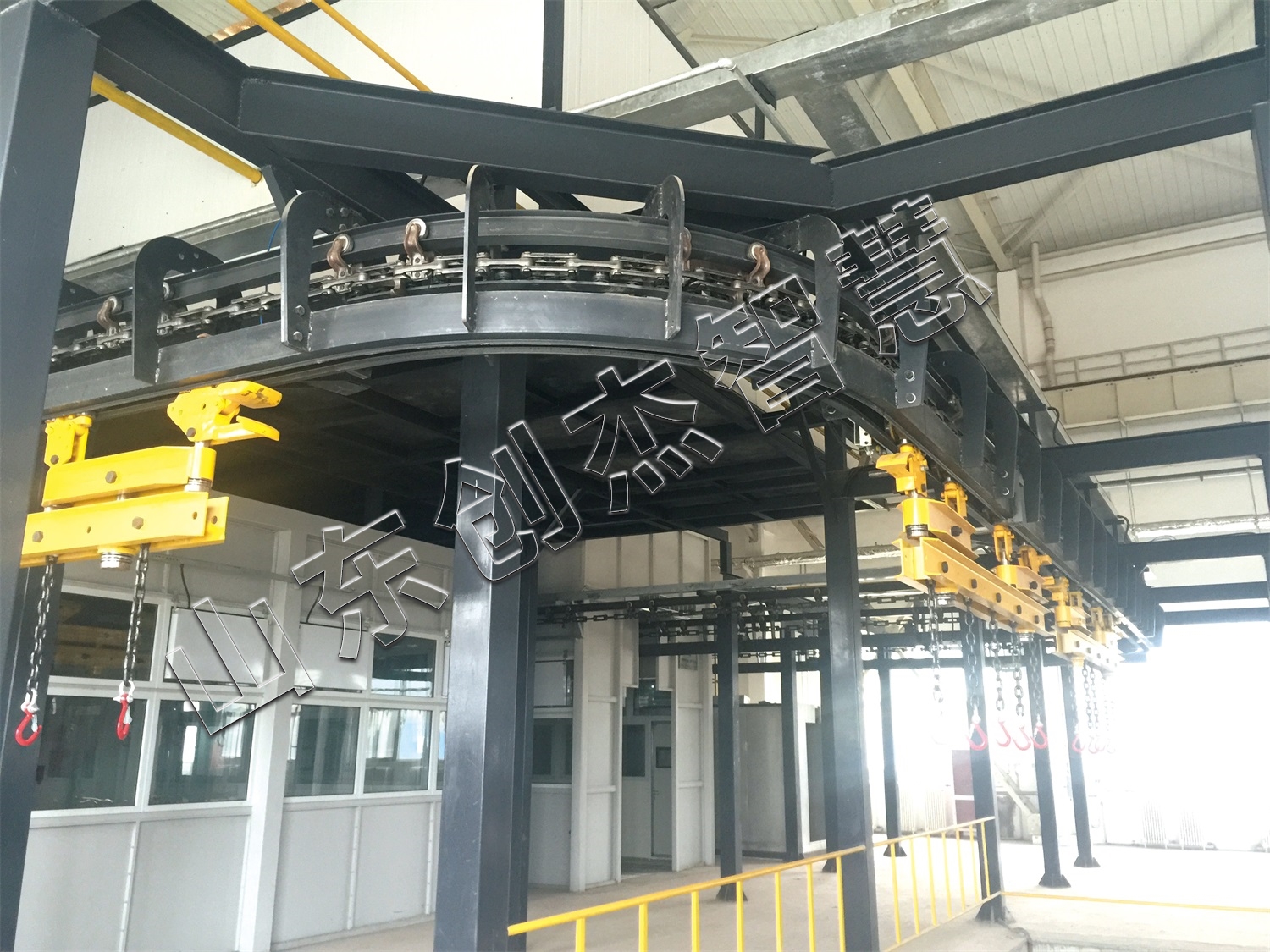
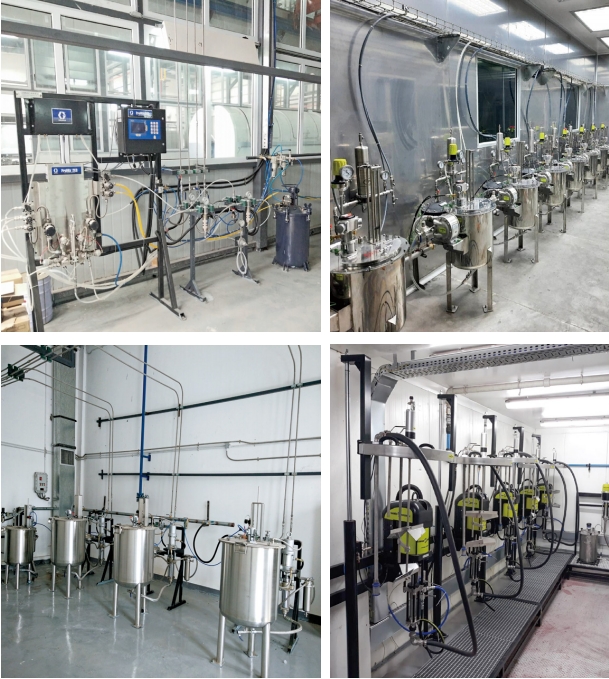

 魯公網(wǎng)安備 37142502000144號(hào)
魯公網(wǎng)安備 37142502000144號(hào)